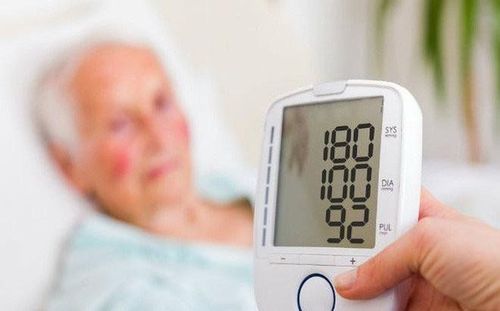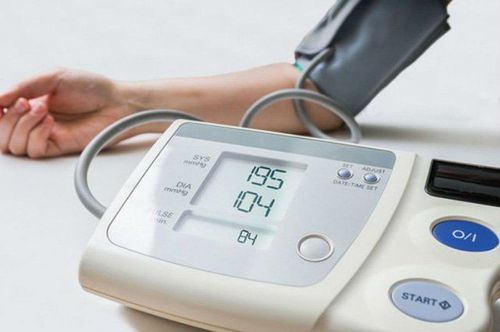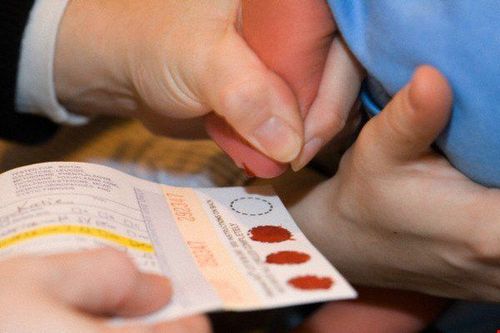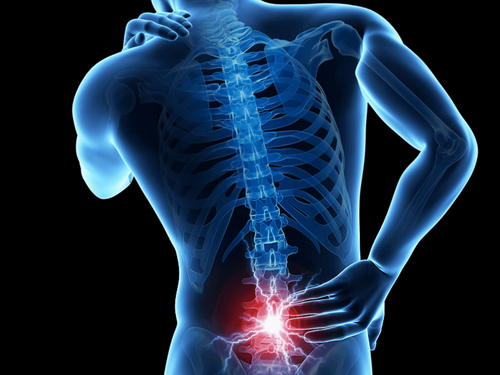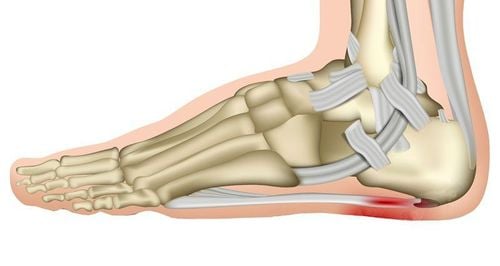Nội dung bạn đang tìm kiếm không có phiên bản tiếng Việt.
Vui lòng chọn tiếp tục để xem nội dung tiếng Anh hoặc đi đến trang chủ Tiếng Việt.
Rất xin lỗi về sự bất tiện này.

Home
Tag Neurological examination
Articles in Neurological examination

What is eye pain?
Doctors often encounter many complaints from patients about headaches accompanied by eye pain. So what is the cause of this disease, how can it be eliminated? Please read the article below to find out.
Xem thêm
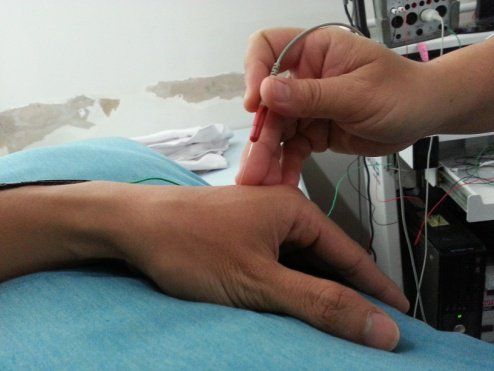
What is the purpose of nerve conduction studies?
A very careful neurological examination and nerve conduction studies check how well and quickly the nerves transmit electrical signals.
Xem thêm
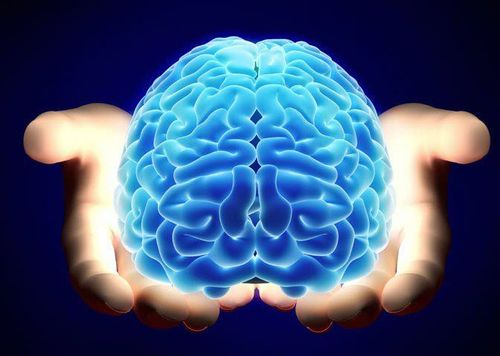
What is an internal neurologic examination?
Neurological examination is the examination process to detect disorders of the nervous system. Neurology is a field of internal medicine that has the function of neurological examination, diagnosis, consultation and specialized treatment of diseases related to neurological factors.
Xem thêm
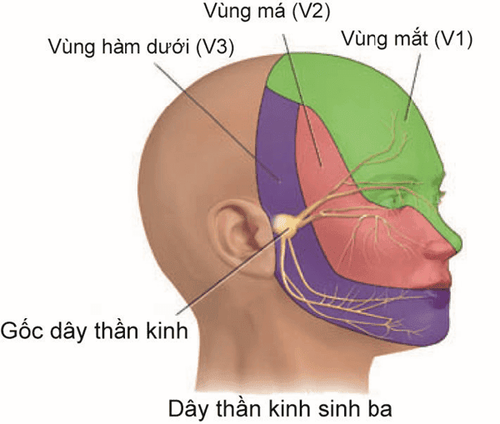
Notes on neurological examination
The neurological examination is carried out very meticulously in many times. It helps to detect neurological diseases, the location of the disease in the nervous system. From there, there is a suitable and definitive treatment direction. However, in order for the clinical neurological examination to go smoothly, it is necessary to pay attention to the following issues.
Xem thêm
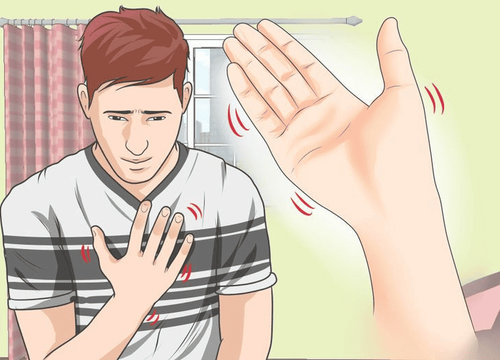
Approach to the assessment of patients with tremor
Tremor has been documented by humans for thousands of years. Tremor is defined as an involuntary movement that is rhythmic (i.e., regularly repeated) and oscillatory (i.e., rotating around a central plane). Tremor can manifest in a myriad of different forms. As a result, the clinical phenomenology is very rich, and it is not surprising that there are many methods of classifying tremor.
Xem thêm

Pathologies in which tremor predominates: Holmes's tremor, radiculopathy, Wilson's disease tremors
Tremors are among the most common movement disorders. Diagnosis of these disorders is challenging. Approaching a patient with tremor requires a careful history and neurological examination focused on the clinical phenomenological nuances.
Xem thêm

Diseases in which tremor predominates: Intensified physiological tremor, drug-induced tremor, dystonic tremor
This type of action tremor occurs in both hands in virtually all people. The postural and kinematic components of this tremor are generally several Hertz faster in frequency than essential tremor, and the amplitude is generally lower than that of essential tremor, with the important caveat that at the onset of the disease patients with essential tremor have a low amplitude tremor that can be difficult to distinguish from enhanced physiologic tremor.
Xem thêm
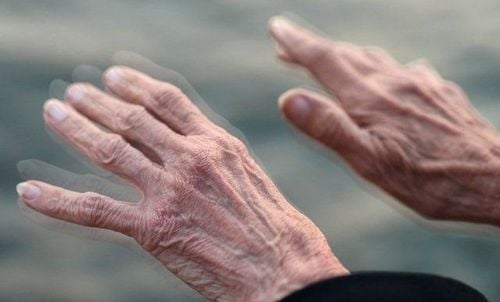
Conditions in which tremor predominates: Essential tremor
The history and physical examination are used first to determine whether the primary tremor is an action tremor (ie, postural, kinematic, or intention tremor) or a resting tremor. Indeed, the major distinction is between disorders in which action tremor is predominant and those in which resting tremor is predominant, each of which will be presented in turn, starting with the more diverse and more common type. This section discusses the most common disorders and those with distinct clinical features.
Xem thêm

Pathologies in which movement tremor predominates: Primary written tremor, orthostatic tremor, cerebellar tremor
Primary writing tremor is a specific action tremor that occurs primarily or exclusively during writing and is absent or minimally involved in other movements or movements involving the hands.
Xem thêm
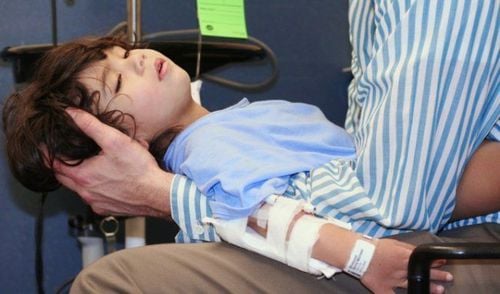
CT scan, MRI and other measures to evaluate epilepsy
Epilepsy is a brain disorder that involves repeated seizures. These are sudden, uncontrolled bursts of electrical activity in the brain that cause involuntary movements, changes in attention, or loss of consciousness. Your doctor may use an EEG, CT scan of the brain, MRI of the brain, or a lumbar puncture to diagnose and treat this condition.
Xem thêm






